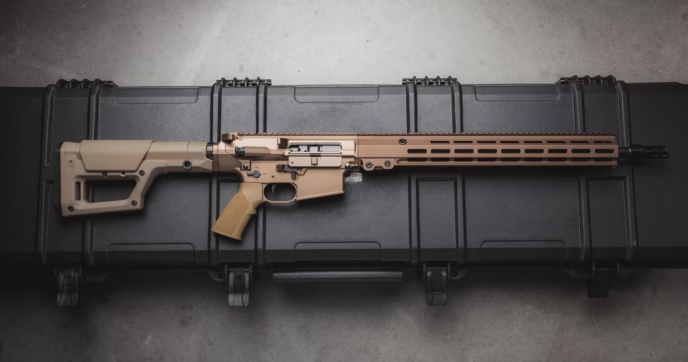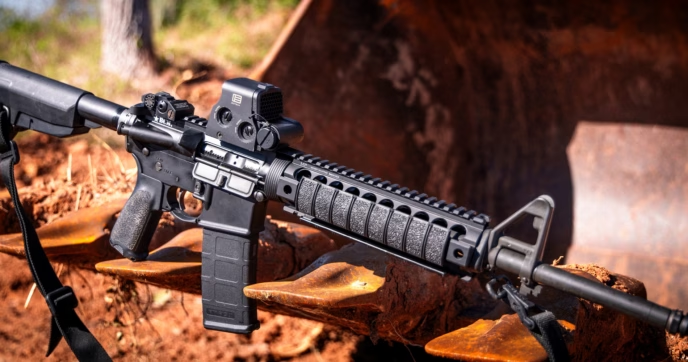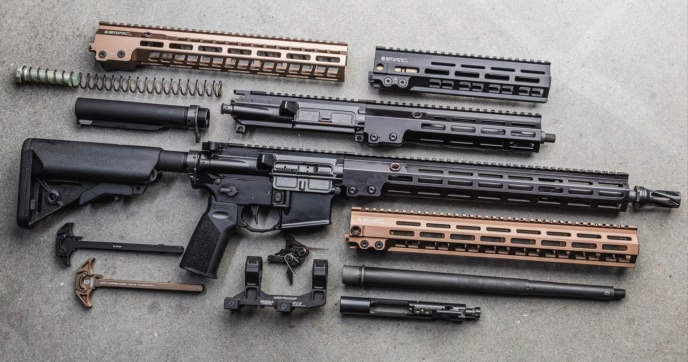Setting up a duty belt is about efficiency, safety, and making sure your gear works with you, not against you. Whether you’re fresh out of the academy or refining your setup after years on patrol, the way your belt is configured will directly affect your comfort, speed, and readiness on duty.
For new officers especially, the process can feel like a balancing act: carrying the tools you need, keeping them accessible, and distributing weight in a way that doesn’t wreck your back by the end of shift. In this guide, we’ll cover how to choose duty belts for your needs, how to set it up, common mistakes to avoid, and a look at some of today’s most trusted models in law enforcement.
What Is a Police Duty Belt and Why Is It Important?
A police duty belt—sometimes called a gun belt—is the primary load-bearing platform for your essential law enforcement tools. It’s what keeps your sidearm, spare magazines, handcuffs, radio, less-lethal options, flashlight, gloves, and other mission-critical gear secured and within reach. The right configuration is about more than convenience. It’s about keeping those items secure from accidental loss or unauthorized access while making sure they are instantly available when needed.
Comfort is another critical factor. Officers spend long hours in their gear, often on foot and always ready to respond. A belt that digs into your hip, shifts with every step, or throws off your balance will wear you down fast, leading to fatigue and even injury. On the other hand, an optimized belt can improve reaction time, reduce strain, and help you retain gear during a physical confrontation.
Choosing the Best Duty Belt for Police Work
Your starting point is always your department’s requirements. Some agencies have strict policies on brand, style, and even the finish of your belt, particularly in uniformed patrol roles. Within those guidelines, however, you may have options in materials, stiffness, and modularity.
When sizing, measure your waist over your duty pants—not over jeans or casual wear—because the position and layering will change the fit. If your agency uses an inner/outer belt system, make sure you account for both layers so the Velcro lines up and the outer belt sits exactly where it should.
Weight distribution is another factor that will affect your comfort throughout the shift. A fully loaded belt can easily tip past ten pounds. Without a good balance between your left and right sides, that weight will start to pull on your lower back. Some officers address this by pairing their belt with suspenders or padded inner belts, both of which can relieve pressure points and keep the load stable.
Finally, consider durability. Duty gear gets slammed into door frames, scuffed on concrete, and soaked in every kind of weather. Traditional leather has a professional look and can last for years if cared for, while modern high-grade nylon and reinforced polymer buckles offer weight savings and flexibility without sacrificing strength.
Inner vs. Outer Belts
Many officers today run a two-part system: an inner belt that threads through the pant loops, and an outer belt that carries all the gear and attaches with hook-and-loop fasteners. This design locks the belt in place so it won’t shift when you run, fight, or crouch. It also allows you to remove the outer belt quickly for report writing or meal breaks without having to strip your pants belt and rethread your holster. For officers working multiple assignments—such as patrol, detail work, or court security—swapping outer belts for the task at hand saves time and keeps every configuration consistent.
MOLLE vs. Traditional Belt Systems
Traditional duty belts rely on fixed loops and belt keepers to secure gear. They are stiff, uniform in appearance, and often required for formal patrol work. MOLLE-compatible belts use rows of webbing or laser-cut slots to mount pouches directly. This allows far more modularity, so you can fine-tune placement or swap out tools quickly without cutting into leather or loosening keepers.
While MOLLE belts excel for tactical teams or special assignments, certain uniforms may demand a traditional leather or nylon belt. The choice often comes down to your role and agency policy—if you’re free to decide, think about whether you value reconfigurability over the classic polished look.
Top Duty Belt Brands
Among the most respected belts in law enforcement, the Safariland 94B Duty Belt stands out for its robust Coplok buckle, secure inner belt system, and seamless compatibility with Safariland’s holsters and accessories. The Bianchi 7950 Duty Belt offers a classic Duraskin exterior with a 4-part laminate construction, making it both extremely aesthetic and extremely practical.
Either way, you can’t go wrong.
Configuring Your Belt
When you start arranging your belt, think about your dominant side, support side, and rear. Your firearm should sit on your strong side between two and four o’clock, angled to allow a natural draw even while seated in a patrol car. The support side should hold gear you can deploy with your non-dominant hand, such as spare magazines, a flashlight, or a taser. Many officers prefer to keep OC spray forward of the mags for quick access, while the radio often sits toward the rear on the support side where it won’t interfere with your draw.
Whatever layout you choose, avoid stacking all the heavy gear on one side. Balancing the load will prevent hip pain and help keep the belt stable during movement.
Common Mistakes
One of the most common errors is simply carrying too much. Every pouch you add increases weight and bulk, which slows you down and strains your back. Keep only what you truly need on the belt and move secondary items to your vest or patrol bag.
Another frequent mistake is poor holster placement. Too far back, and you’ll struggle to draw; too far forward, and it will snag on seatbelts or block you from bending comfortably.
Finally, make sure every attachment is locked in place—loose pouches that slide or rotate can cause you to fumble at the worst possible moment.
Law Enforcement Discounts on Duty Gear
Duty gear is an investment, and outfitting yourself properly can get expensive. At Primary Arms Government, you can take advantage of dedicated Military & First Responder Discounts to make professional-grade gear more affordable. Whether you’re purchasing individually or outfitting an entire department, these programs can help you stretch your budget without compromising on quality. Larger procurement options are also available for departments looking to standardize equipment while keeping costs in check.
Conclusion
Your duty belt is more than part of the uniform—it’s your portable toolkit. A well-thought-out setup puts your tools exactly where you expect them, keeps the weight balanced so you can move freely, and meets your department’s standards. Whether you go with something like the Bianchi 7950 or the Safariland 94B, the right choice will serve you well for years. Take the time to size it correctly, arrange it logically, and test it in the field. The benefits will show every shift—especially when seconds count.



